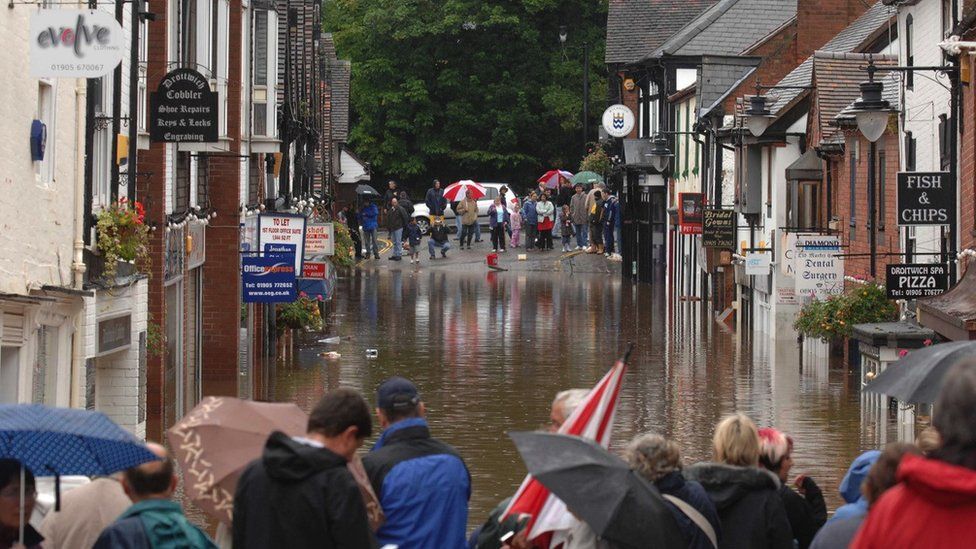A thorough “future flood map” of Britain has been created by researchers in an effort to simulate the effects of flooding as a result of climate change.
It has been discovered that during the next century, the annual damage brought on by flooding may rise by more than a fifth.
Until international commitments to limit carbon emissions are kept, that is.
The effects of climate change are expected to be most severe in “hotspots” where homes and businesses are at risk.
Even if climate change pledges are met – keeping temperature increase to around 1.8C – places including south-east England, north-west England and south Wales are set to experience significantly increased flooding.
The detail in the new “flood risk map” also reveals locations that will be largely unaffected. This level of detail, the researchers say, is critical for planning decisions.
Read Also: stakeholders-want-ban-of-single-use-plastic-to-take-effect-by-2024
To create these flood risk maps, the research team from Bristol University and Fathom – a company that assesses flood and climate risk – simulated all types of flooding in the coming decades.
They used information about terrain, river flow, rainfall patterns and sea level to build a detailed picture of how much flood damage there would be to people’s homes and businesses across England, Scotland and Wales.
They combined this with Met Office climate predictions over the next century.
The team is also currently modeling flooding in Northern Ireland to expand the forecasts to include the whole of the UK as the climate warms.
The annual cost of flood damage across the UK currently, according to the Association of British Insurers, is £700m.
Chief research officer at Fathom, Dr Oliver Wing, explained that it was crucial to understanding how that “flood risk landscape” would change in a warming world because it will be different for every community.
“Our model shows that there are many places where flood risk is growing,” said Dr Wing. “Being able to understand the communities where this is likely to happen allows us to make sensible investment decisions – about flood defense structures, natural flood management or even moving people out of harm’s way.”
Story adapted from BBC
